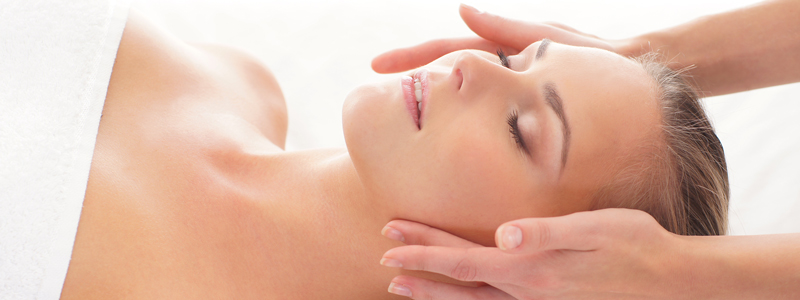
Craniosacral therapy (CST) is now available at your local Putney Well4ever clinic. Craniosacral therapy (CST) emerged as a treatment type in the early 1900s, born out of the discipline of osteopathy. It is an exceptionally gentle yet extremely powerful form of manual therapy.3 CST functions on the premise that the body’s small cranial bones are in regular movement and that their motion is key to good health throughout the body. In addition to focusing on the movement of the cranial bones, CST addresses any restrictions to the natural ebb and flow of the fluid surrounding the brain and spinal cord – the naturally occurring, nearly indistinguishable motion of the central nervous system. Working to release any restriction of movement in the central nervous system, CST aims to create and maintain a healthy balanced pulse in the spine and brain.
What to Expect
CST consists of bodywork and involves the entire body, not just the head. Patients remain fully dressed. A CST practitioner uses a very light and gentle touch, placing their hands on various parts of the body, using their fingertips to detect any restrictions or blockages. Most commonly, CST involves the therapist lightly placing their hands on the head, neck, spine and around the sacrum and feet. The aim of the hands-on therapy is to identify areas of restriction and promote release, thereby encouraging the body to heal itself and return to its natural balanced state. Changes in the mind, body and emotional state of a patient may result after a session. People who have undergone CST often report a feeling of profound relaxation.
CST is especially recommended for newborns and babies. At Well4ever’s local clinic, we have been seeing mothers and newborns for years. Babies are extremely flexible and the stress of birth may move the bones of the skull which are far more mobile in a baby. Any compression may affect the nervous system; consequently, releasing any tension and compression may help to reduce a range of symptoms from colic to sleeplessness.4
CST is a non-invasive manual therapy which aims to target health problems at their root level, as opposed to concentrating on symptoms. CST take many symptoms to be secondary signs of disturbances in the spine-skull relationship. It takes a holistic approach, considering the entire person. Its gentleness makes it suitable for babies, children and the elderly, including all ages and stages in between.
References:
.